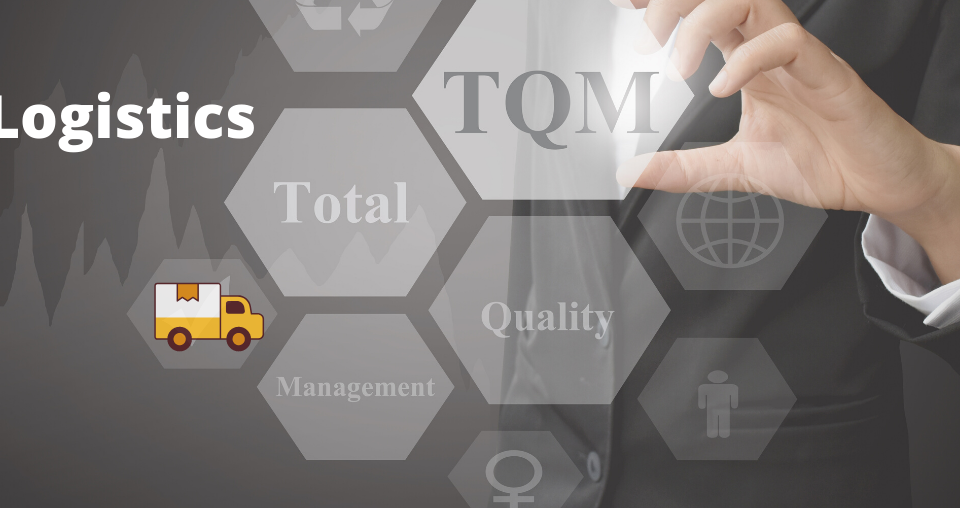EXPECTED CHANGES IN THE GLOBAL SUPPLY CHANGE POST COVID-19

WHAT IS LOGISTICS
July 3, 2020
IMPACT OF COVID UNLOCKS ON LOGISTICS IN INDIA
September 15, 2020As the Coronavirus is wreaking worldwide economic chaos, global supply chains are facing tremendous pressure and attracting a heightened degree of scrutiny.
The global supply chain system of today has been designed for the identification of least lead times at the lowest cost possible. We want electronic devices produced in China, so we can purchase it cheap.
Accelerated political shifts, a move towards customers purchasing niche goods and, currently, global pandemics have exposed the vulnerability at the core of this manufacturing model.
The associated costs of one-source dependence and low flexibility in adjusting to real-time surprises have been brought to light. Today we would accept higher prices for those goods if that means making them quicker and more in line with expectations.
As a consequence, the alteration that had already started will accelerate enormously towards more adaptability and multi-layered sourcing. We should anticipate a large restructuring of our supply chain infrastructure in the coming years and a new order focused on three main criteria:
From globalization to regionalization
At national level logistics, managements networks will re-emerge. To remove single-source constraints and build a versatile and adaptable supply chain, product integration, sub-system manufacturers and manufacturers of parts are manufactured, installed and shipped from their own backyards.
The reform had been started off many years ago as Chinese production costs were rising. Once the main draw for businesses to Asia, the labour cost gap has decreased in recent years. However, what remains of international interest is the entire supply chain network of manufacturers and sub-suppliers based in those Chinese hubs.
Today, significant producers of electronic devices supply around 40 percent of their parts from China as well as sub-assemblies. A transition to regional supply management poses an extremely complicated task given the exceptionally high number of parts needed – each with specific lead times. The challenge, nevertheless, may be worthwhile in the post-COVID world.
We saw the effect of global sourcing in Europe’s pharmaceutical companies, which imported 80 per cent of the organic compounds from China and India for its drug supply. It is fully anticipated that in the post-COVID future, European governments must ensure that they can draw such materials from their own territory. And we might see a systematic change to regional procurement early.
The supply chain: The new protagonist and the stress test
After the financial crisis of 2008, constrained financial institutions have been pressured globally to stress check their asset values to ensure preparation for an economic disaster.
The supply chain stress tests will become a prevailing standard in a post-COVID-19 environment. The shared global business model, designed for the minimal cost, is over. The paradigm of tomorrow, demands new optimisation goals.
The supply chain strategy has become a major hero today, going from having an operational role “behind the scenes” to becoming a driving force of the enterprise.
Over the past, volume consistency has allowed the supply chain to operate with a high standard of service while reducing costs at the price agreed. Nevertheless, supply chains and production facilities allow limited volume flexibility – as the battle to meet ventilator demand has been discovered.
When transactions become more complex, supply chains have to become more flexible, particularly if, when predictions indicate, SCM and logistics providers in the supply chain industry have to plan for significant catastrophes such as weather events (fires, floods, tsunamis), fatal pandemic outbreaks, attacks, civil unrest and related disruptions.
The navigators need awareness to navigate rough waters. For other sectors, such as the manufacturing of microprocessors or consumer technology, specialized manufacturers of electronics already have developed detailed dashboards that set out, to the last detail, the state of manufacturing and shipping. The dashboards update every 20 minutes to give a summary of the overall supply chain in real-time.
This innovation is eventually going to rule. Consider, for example, the medicines industry where there is presently no singular, either centralized or distributed directory from which to chart the major elements for drug production. The awareness of sourcing is crucial for suppliers, and inevitably end-users, and must be updated.
The human aspect is back: Physical control and versatility in volume
The human factor is returning and will perform a leading part in restructuring the international supply chain management companies during and after this epidemic.
Big and unforeseen volumetric shifts make mathematical models useless. These evaluate occurrences like the pandemic as “outliers,” and delete them from the results. Although we need awareness to decide things for the people in the supply chain, the majority of judgements should be handled manually. Therefore, the secret is the human element.
And as unemployment statistics increase worldwide, healthcare and agricultural sectors, as well as grocery stores, and other primary areas of “essential work” face manpower scarcity. Amazon has revealed 100,000 new jobs in fulfilment centres and distribution networks, while the relocation of quarantined employees to manufacturing facilities and warehouses in the West has provided relief.
Workforce should be handled as a crucial adaptation resource which plays an essential part of a crisis response programme. For example, the scarcity of N95 masks needs additional manufacturing plants to increase production, and considering the drastic price rises of up to 5x price hikes in online retailers, higher labour costs are both conceivable and achievable.
COVID-19 has exposed the vulnerabilities of a globalized production system and we need to radically reconsider supply chains to be able to react. Our medium-term priorities should be to make them more global, to change the supply chain analytics as a driving force of business and to restore human assets as the most significant aspect for a successful business.




